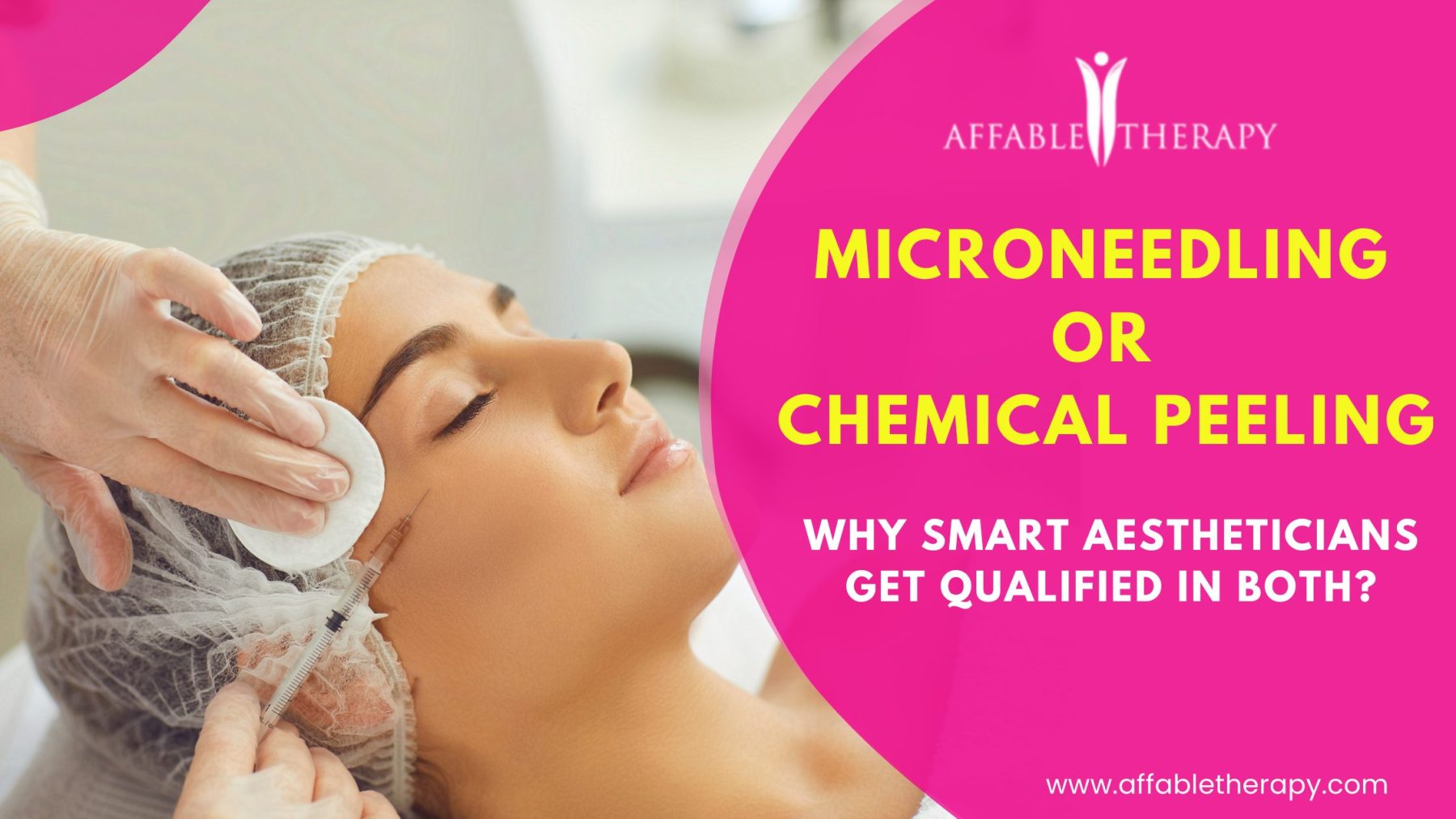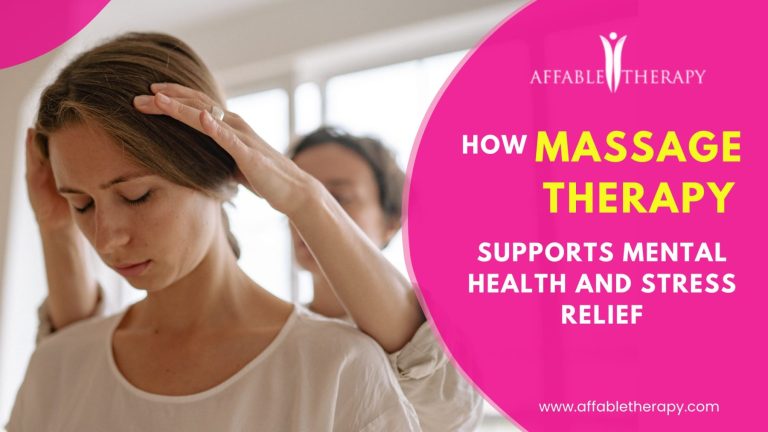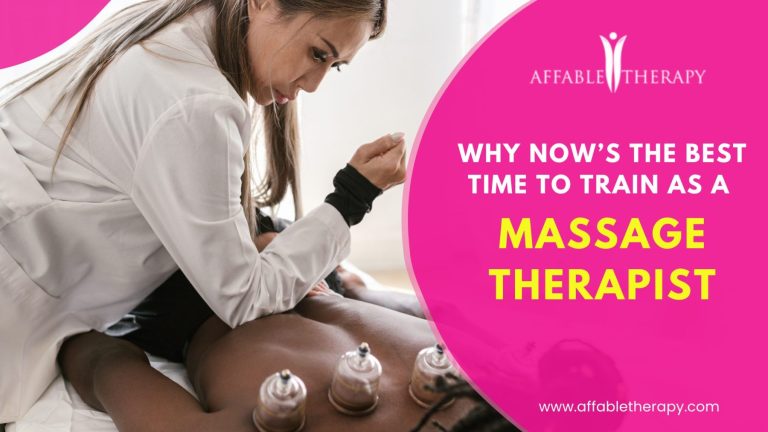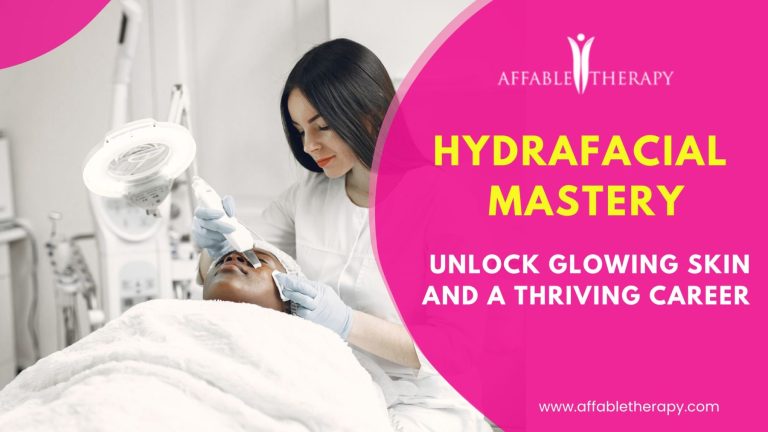As the demand for results-driven skincare treatments continues to grow, more professionals are turning to microneedling or chemical peeling to deliver transformative results. These two techniques have become cornerstones of modern aesthetic practice—and for good reason.
But how do they differ? When should each one be used? And why is it worth combining your training across Level 4, 5 and 6 to maximise your skillset?
At Affable Therapy Training, we believe knowledge is power—and when it comes to aesthetics, that means understanding the nuances behind each treatment. Let’s break it down.
What is Microneedling?
Microneedling (also known as skin needling or collagen induction therapy) involves using a specialised device to create controlled micro-injuries in the skin using fine needles. This triggers the body’s natural healing response—stimulating collagen, improving skin tone and texture, and reducing the appearance of fine lines, acne scars, and pigmentation.
The effectiveness of microneedling depends on:
- Device selection
- Needle depth
- Duration and intensity of treatment
- Technique used
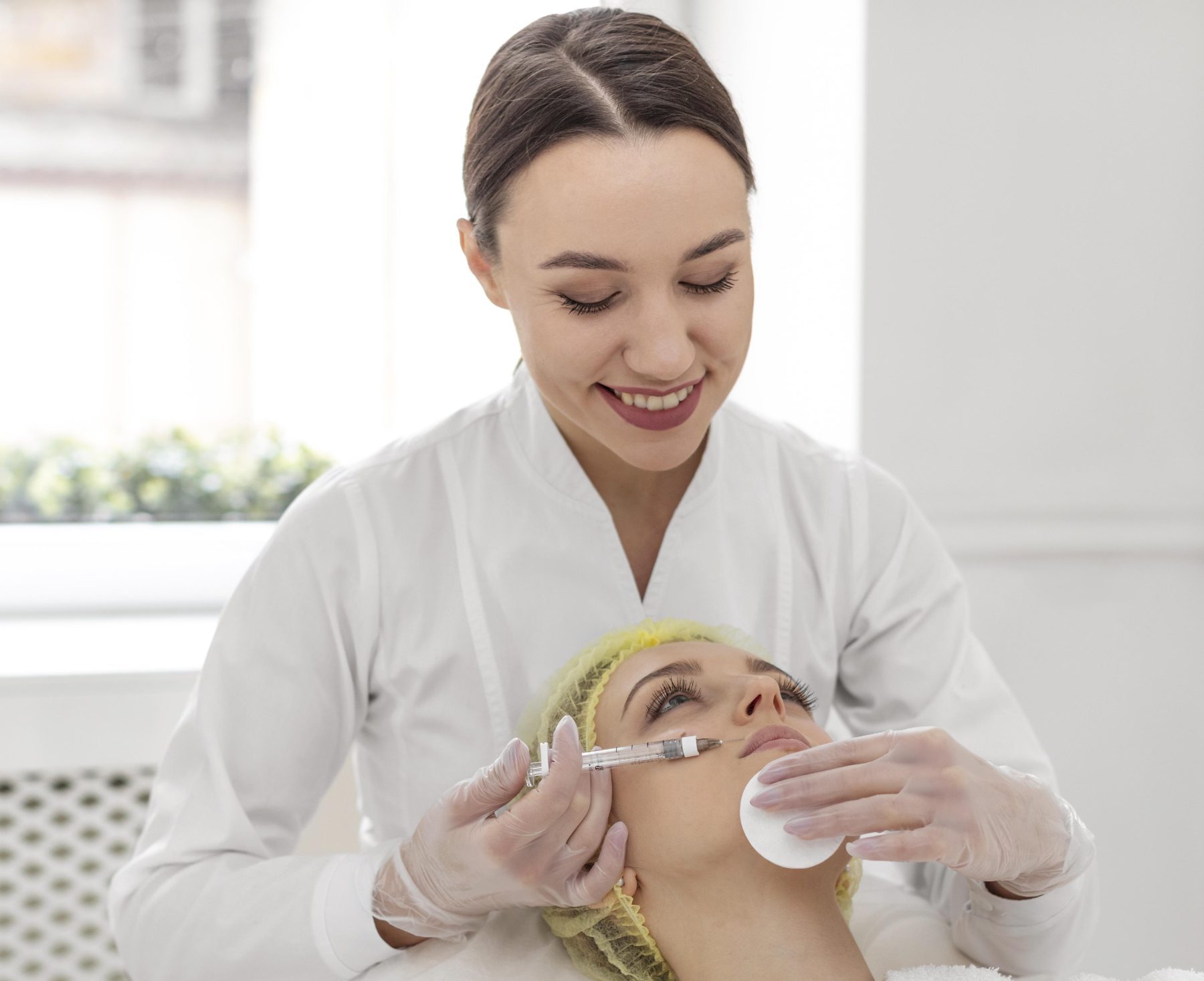
Recommended Needle Depths by Qualification Level:
- Up to 1.5mm – Maximum allowed on the face
- Up to 2mm – Maximum allowed on the body
But what you’re qualified to perform safely depends on your training level:
- Level 4 Training:
• Up to 0.5mm on the face
• Up to 1mm on the body - Level 5 Training:
• Up to 1mm on the face
• Up to 1.5mm on the body - Level 6 Training:
• Up to 1.5mm on the face
• Up to 2mm on the body
The deeper you go, the more advanced the technique—and the more training and understanding you need. That’s why progression through Levels 4 to 6 is so important for safe and effective treatment delivery.
What is Chemical Skin Peeling?
Chemical peels work differently. Rather than penetrating with a device, skin peels involve the application of acids or enzymes to exfoliate the outermost layers of the skin. Depending on the peel used, this treatment can target:
- Pigmentation
- Fine lines and wrinkles
- Acne and scarring
- Dullness or uneven skin tone
- Congestion and texture issues
Chemical peels vary in strength and depth—from superficial peels like glycolic acid to deeper agents like TCA or salicylic acid blends.
Understanding peel strengths, pH levels, acid concentrations, and appropriate application techniques is critical to client safety and achieving optimal results.
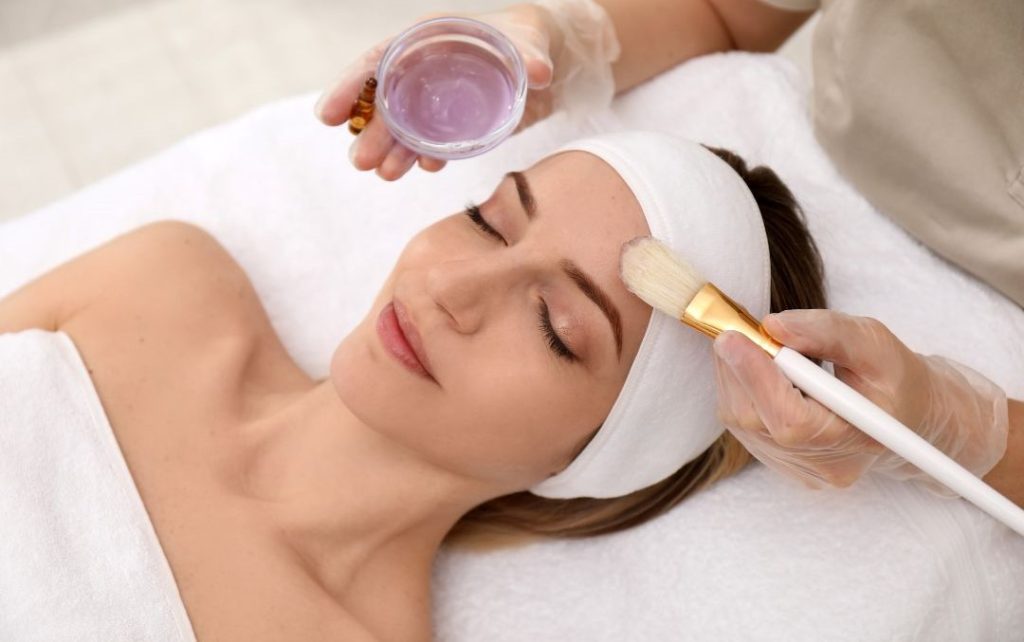
Microneedling or Chemical Peeling: What’s the Difference?
While microneedling stimulates the skin from within by triggering collagen production, chemical peels work from the outside, sloughing away dead skin and encouraging cell renewal. Both treatments can significantly improve skin appearance, but they work in fundamentally different ways.
| Microneedling | Chemical Peeling |
| Uses fine needles to create micro-channels | Uses acids/enzymes to exfoliate skin |
| Stimulates collagen and elastin | Stimulates cell turnover |
| Treats texture, scarring, fine lines | Treats pigmentation, congestion, dullness |
| Requires specific needle depth training | Requires acid knowledge & skin assessment |
| Can be used with serums (mesotherapy) | Often requires downtime depending on depth |
When used in combination or sequentially, these treatments can deliver even better results—making cross-qualification highly valuable for modern skin therapists.
Why Choose Combined Level 4–6 Training?
At Affable Therapy, we strongly recommend professionals aiming to offer advanced skin services invest in the combined Level 4, 5 & 6 qualification.
Here’s why:
1. Broaden Your Treatment Scope
Higher levels allow you to use more powerful peels safely. With Level 6 training, you’ll confidently handle TCA, salicylic blends, and more advanced protocols suitable for stubborn pigmentation and age-related skin concerns.
2. Better Client Outcomes
With layered knowledge across three levels, you’ll be better equipped to tailor treatments to client skin types and conditions—leading to higher satisfaction and repeat bookings.
3. Stay Competitive
Advanced training is a market differentiator. Clients seek specialists who can deliver custom skin plans—not one-size-fits-all peels.
4. Required for Insurance
Certain peel depths and acid strengths can only be insured when backed by Level 5/6 qualifications.
What You’ll Learn in Our Combined Microneedling and Skin Peeling Programme
Our curriculum blends:
- Theory of acids and pH balancing
- Treatment planning for different Fitzpatrick skin types
- Peel layering techniques
- Managing complications & aftercare
- Consultation, contraindications, and client safety
- Live model practice under expert supervision
Whether you’re already a Level 3 therapist or just completed your Level 4, our combined course will give you the confidence and clinical insight to step into advanced aesthetics with assurance.
How to Get Started
If you’re serious about becoming a skin specialist, there’s never been a better time to enrol in combined microneedling and peeling training.
Here’s how to begin:
- Check your current qualification level – If you’re Level 3 NVQ or above, you’re ready to progress.
- Enrol in our Combined Peeling Programme (Levels 4–6) – Reach out to our team for the next intake.
- Add Microneedling as a bundle – Combine the two courses for greater treatment diversity.
- Start transforming lives – and careers – through skin confidence!
Final Thoughts
Microneedling and chemical peeling may work differently—but they are both powerhouse tools for facial rejuvenation. At Affable Therapy, we help you not only learn the techniques, but master them with safety, insight, and professionalism.
Whether you’re just starting or scaling your clinic, our Level 4, 5 & 6 skin peeling qualification, combined with advanced microneedling, sets you up for success in the modern aesthetics industry.
Book your course today or speak with one of our tutors to discuss your ideal pathway.

